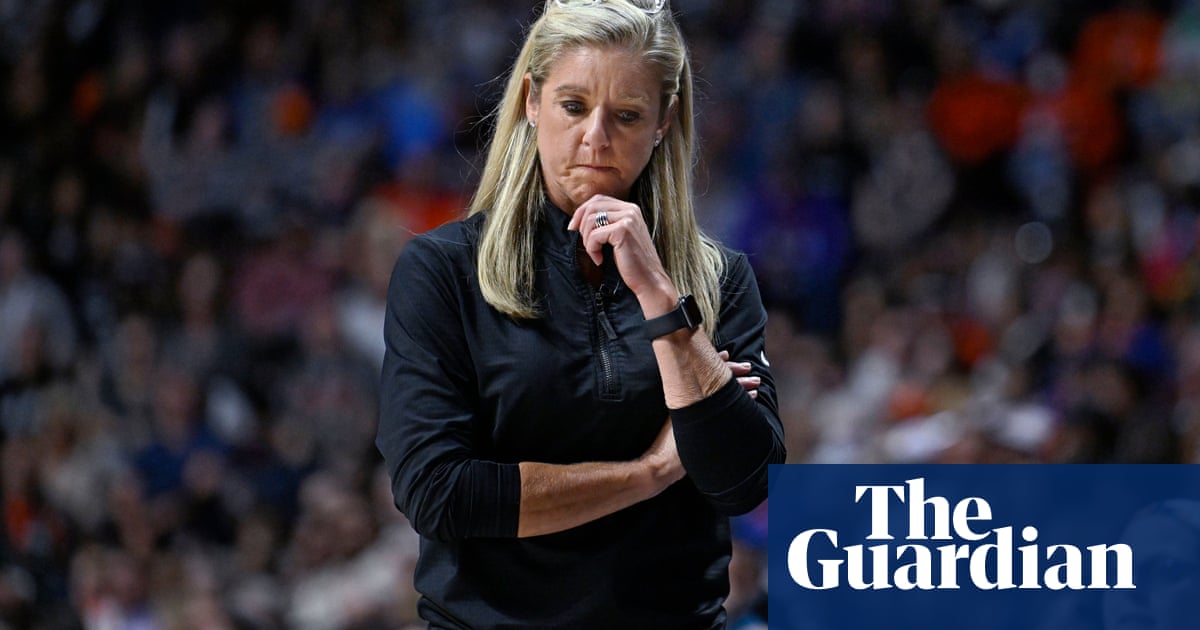The Connecticut Sun’s decision to part ways with coach Stephanie White after two seasons signaled a shift in the WNBA landscape. In a short span of time, seven teams – the Sun, Los Angeles Sparks, Indiana Fever, Chicago Sky, Atlanta Dream, Dallas Wings, and Washington Mystics – have either fired or mutually agreed to part ways with their coaches. Additionally, four teams (the Mystics, Fever, Dream, and Las Vegas Aces) also split with their GMs during this period.
The reasons behind each coaching change vary. Some teams, despite their success, decided to make a change. Others faced internal conflicts. For example, Michael Winger, president of Monumental Basketball, overseeing the Mystics and the NBA’s Washington Wizards, and Mystics head coach Eric Thibault were not on the same page regarding the team’s future, leading to both departures. Money and the potential for higher salaries with the recent $2.2 billion media rights deal are also factors driving these changes.
The WNBA has been quiet on the topic, leaving coaching decisions to individual teams. However, the league’s new financial landscape could mean increased salaries for head coaches, potentially on par with NBA assistant coaches. As teams navigate the coaching market, they may turn to collegiate coaches or even consider candidates from the NBA.
Amidst these changes, speculation swirls around potential coaching candidates. Teams like the Sky and Fever are exploring options like Stephanie White and Curt Miller. Trammell may be a good fit for the Sky due to her player-first coaching style and experience working within limited budgets.
The solution could be in colleges
As teams search for new coaches, they may need to look beyond the typical pool of candidates and consider women’s college basketball coaches. The WNBA offers flexibility in coaching salaries, making almost anyone available for the right price. Coaches like Geno Auriemma, Kim Mulkey, and Dawn Staley may seem committed to their current teams, but with enticing offers, anything is possible.
Ultimately, the impact of these coaching changes won’t be fully realized for months. The WNBA may be entering one of its most unpredictable offseasons, with teams demonstrating a renewed focus on team management and improvement in the evolving landscape of women’s basketball.





















